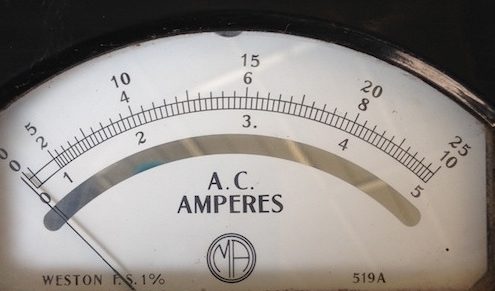We have had many inquiries as to the exact simplified difference between long time testing and instantaneous testing of a circuit breaker.

The most simplistic explanation is that a circuit breaker with a thermal magnetic trip usually has two means by which the heat creates a situation for the circuit breaker to trip. Once electronic and solid state trips were introduced in the late 70’s and early 80’s, short time and ground fault means of tripping a breaker evolved; but here we are only interested in long time and instantaneous, since they are the most common.
Long time is basically what the term implies. When testing a breaker with a long time test, the amperage in the test is usually dialed up to increase the time a breaker will trip. For example, a 100 amp breaker that is engineered to trip between a certain time in seconds or minutes on a time curve is tested at 300 amps in order to speed up the test; therefore, manufacturers have developed time curves for these particular testing purposes.

So assume your time curve at 3 times the designated amperage on a 100 amp breaker indicated on the minimum curve line is 30 seconds and the maximum curve line is 84 seconds. This means you will be testing the 100 amp breaker at 300 amps and it should trip between 30 and 84 seconds in order to be within the curve and designated as good. Most manufacturers, over the years, also supplied these curves with a + and – variance such a 10% above the designated minimum and maximum times on the curve.

The long time trip reasoning is that whatever is on the load side, whether it be a toaster or a large piece of industrial equipment, is designed to handle a continuous current at a higher amperage than the designated breaker amperage for a designated time in order to eliminate premature tripping.
As with long time, instantaneous is just what it implies. It is the engineering of the load side equipment and the circuit breaker to trip in harmony at an immediate inrush, such as a short, lightning, etc. in order to protect the breaker at a much higher quick amp fault. For example, if a hot wire hits a neutral or ground or some other fault causes a high amperage fault the breaker will trip immediately or instantaneously. It’s that simple.

We hope this information helps in your day to day electrical testing. If you need any further assistance or information, feel free to fill out the form on www.obscon.com or contact Rick Duncan at rick@tessarect.com
Photo Credit: All photos herein are the property of The O&R Press and were published by Obscon with their permission and consent. All content herein, other than property published by permission, is the property of Obscon and any reproduction, other than normal social media sharing, is strictly prohibited. Copyright ©, Obscon. For reprint permission contact us at rick@tessarect.com

